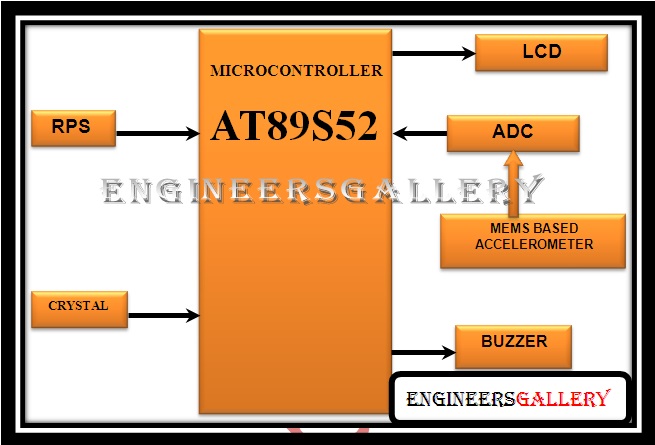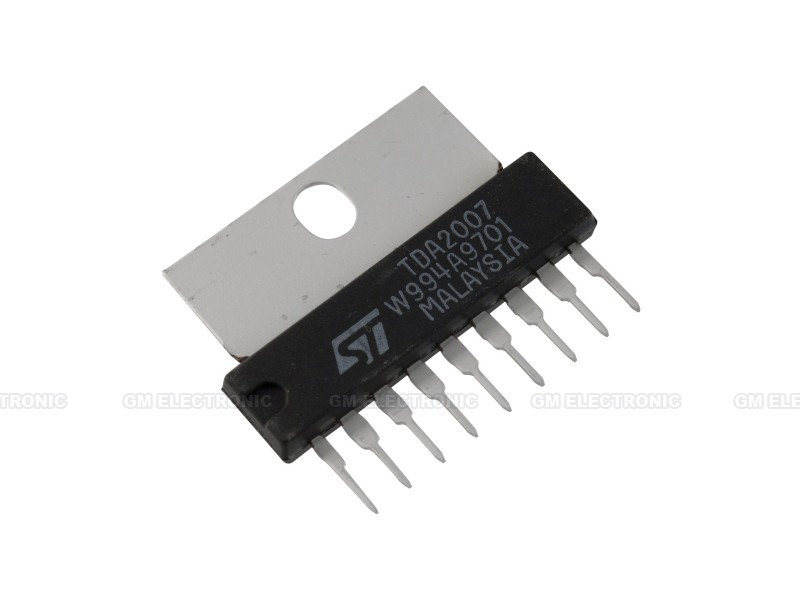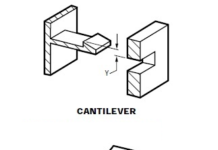Initial Tension in the Belt
When a belt is wound round the two pulleys (i.e. driver and follower), its two ends are joined together, so that the belt may continuously move over the pulleys, since the motion of the belt (from the driver) and the follower (from the belt) is governed by a firm grip due to friction between the belt and the pulleys. In order to increase this grip, the belt is tightened up. At this stage, even when the pulleys are stationary, the belt is subjected to some tension, called initial tension.
When the driver starts rotating, it pulls the belt from one side (increasing tension in the belt on this side) and delivers to the other side (decreasing tension in the belt on that side). The increased tension in one side of the belt is called tension in tight side and the decreased tension in the other side of the belt is called tension in the slack side.
Let T0 = Initial tension in the belt,
T1 = Tension in the tight side of the belt,
T2 = Tension in the slack side of the belt, and
α = Coefficient of increase of the belt length per unit force.
A little consideration will show that the increase of tension in the tight side
= T1 – T0
and increase in the length of the belt on the tight side
= α (T1 – T0) ……………………(i)
Similarly, decrease in tension in the slack side
= T0 – T2
and decrease in the length of the belt on the slack side
= α (T0 – T2) …………………….(ii)
Assuming that the belt material is perfectly elastic such that the length of the belt remains constant, when it is at rest or in motion, therefore increase in length on the tight side is equal to decrease in the length on the slack side. Thus, equating equations (i) and (ii), we have
α (T1 – T0) = α (T0 – T2)
or T1 – T0 = T0 – T2
.’. T0 = (T1 + T2)/2 …………………… (Neglecting centrifugal tension)
= (T1 + T2 + 2Tc)/2 ……………………… (Considering centrifugal tension)
Note: In actual practice, the belt material is not perfectly elastic. Therefore, the sum of the tensions T1 and T2, when the belt is transmitting power, is always greater than twice the initial tension. According to C.G. Barth, the relation between T0, T1 and T2 is given by
T1 + T2 = 2 T0
Reference A Textbook of Machine Design by R.S.Khurmi and J.K.Gupta














